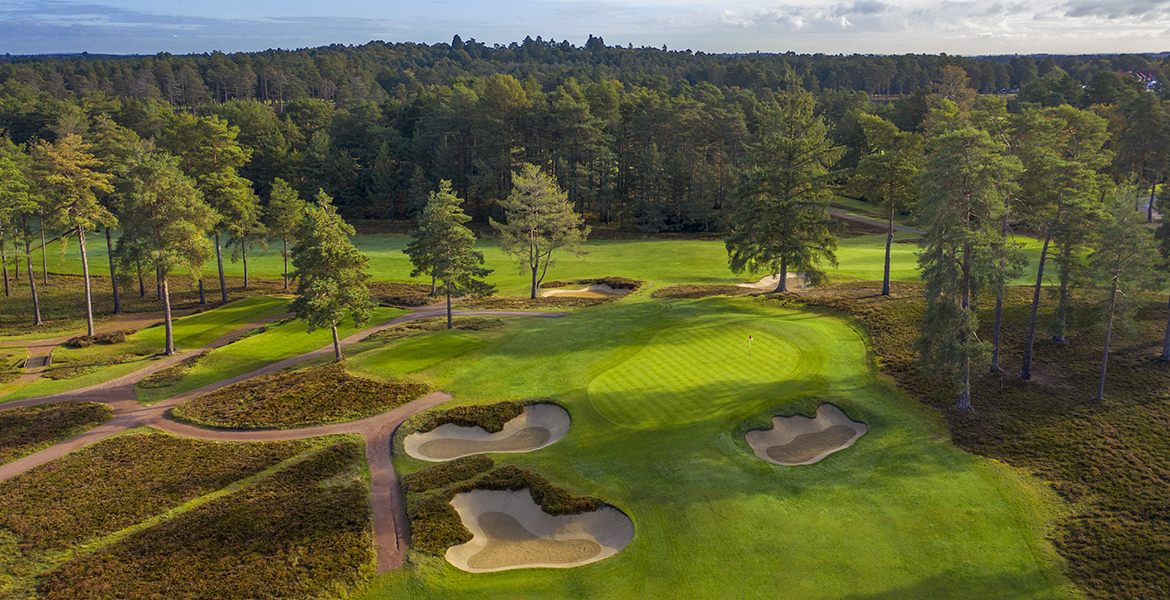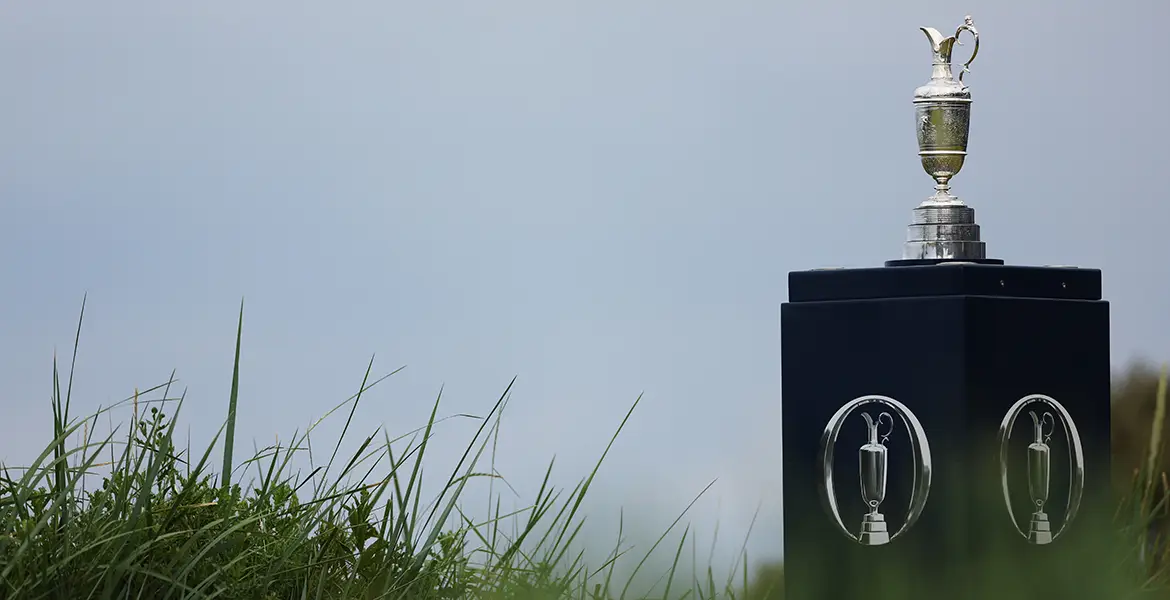Any American golf course that has reached the age of 100 has witnessed—and likely felt—the evolution of course design. Cherry Valley Club in Garden City, N.Y., is a prime example. When the club was founded in 1916, its 6,200-yard playground was a heathland design, an inland links by Devereux Emmet laid out on terrain so flat and barren it also accommodated two nearby airfields.
During its early years, the course saw some tweaks from Walter J. Travis, but its essential character—broad fairways dotted with bunkers of all shapes and sizes leading to small, rolling greens—remained the same. Then came the 1950s—the era of bigness—and Robert Trent Jones came in and did his thing, rerouting the course, expanding the greens, and adding his trademark landing-strip tees.
All the while, hundreds of trees had been allowed to grow, and by a generation later, those trees had begun to encroach on both the play and the condition of the course. By this time also, improvements in equipment were forcing courses everywhere to stiffen their challenge. Enter New Jersey architect Stephen Kay, whose two major renovations, 20 years apart, have touched every aspect of the course, stretching the back tees to more than 6,800 yards, widening fairways, cutting back trees, reshaping and repositioning bunkers to catch today’s longer drives, and giving full play to the long lush fescue rough that adds to both the beauty and difficulty of today’s Cherry Valley.
The result is a course that very good golfers find more challenging (tougher to break 75) while average golfers find fairer and easier to break 100 or 90—a course fully evolved and ready for another 100 years.






